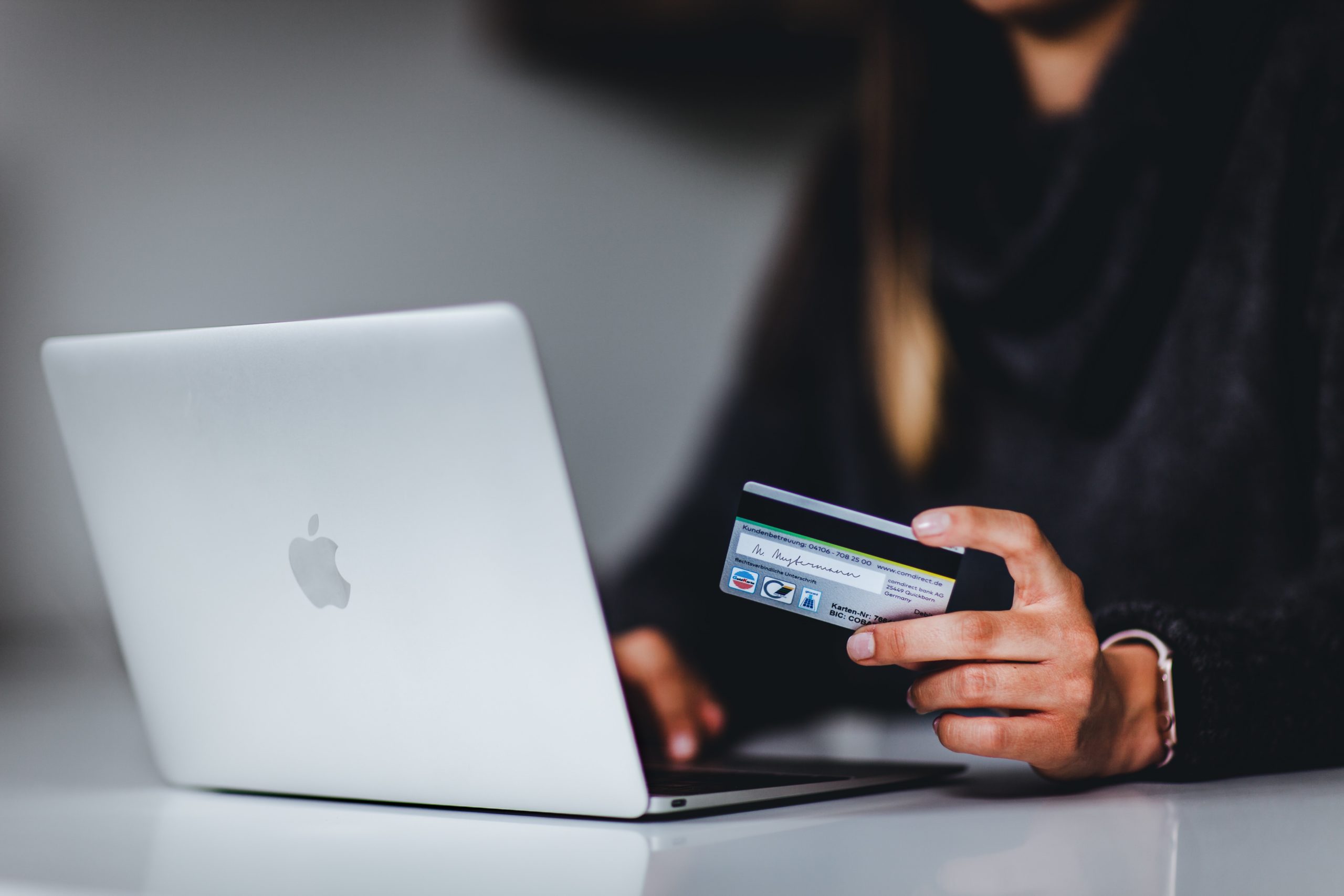Welcome new subscribers
According to Digital Marketer, 74.4% of customers expect a welcome email after they subscribe to an email list. Receiving a welcome email also increases customer engagement and moving forward, they are more likely to engage with future email communications. This small automation effort could increase your future sales threefold.
When devising your welcome email, you should consider including the following:
- Welcome them to this “special community”
- Tell them again about your brand and how you stand apart from your competitors
- Explain the frequency and content of your mailings
- Highlight that there will be exclusive promotions that can’t be found anywhere else.
Don’t forget to cross-promote your social media channels and include them at the bottom of each email.
Personalisation has never been more important
Personalising your emails is not difficult to implement and will increase recipient engagement. Ensure that your subject line and your calls to action are unique. Also ensure that the salutation can be dynamically inserted.
Automate your email marketing efforts
1. Increase checkout conversion rates
Shopping carts get abandoned frequently, and there are a few reasons why this happens. The buyer gets distracted, changes his or her mind, has trouble with the payment process, or something genuinely goes wrong (i.e. the website goes down). That’s why it’s so important to improve your cart and checkout processes with conversion rate optimisation. With a marketing automation system, you can set up specific rules, which allow you to engage with your customers at a certain point in time. For example, a user visits the checkout page or the cart, but hasn’t completed the transaction by making it to a “thank you” page. In this instance, you can send them an automated help email (provided you captured their email address early enough during the process).
2. Ask for product reviews
Products that have reviews have a 10-13% higher conversion rate than those that don’t. I would therefore recommend scheduling an email to be sent to a customer a few days after receipt of their product(s), asking them to leave a review. You can encourage them by offering them a discount code for their next purchase, loyalty points, or enter them into a prize draw.
Note: It’s probably useful to test the following items over time:
- When the email is sent out i.e. 1 day after receipt of the products, or 2 or 3 days.
- The incentive type
The above may change over time or differ for different demographics or segments.
Segmentation is key
According to “Get Response”, 42 % of marketers don’t use segmentation. In order to provide well-targeted emails to your customers, segmentation is absolutely vital. This means that you need to categorise your customers into different groups, in order to be able to send them more targeted emails.
Nothing is more annoying for a customer than receiving a special offer for the product they bought a week ago. When you’ve just bought something from a company, you are more interested in receiving informative content that surrounds the product use or care, perhaps.
I am planning a post that will focus solely on segmentation; therefore I will only touch on it briefly in this post. Segmentation should be handled as follows
- Recency
When was the customer last active on your site and bought something.
- Frequency
This determines how often a customer shops on your website or whether the person is still in the “lead” stage.
- Customer lifetime value
It’s important to differentiate from a frequent buyer who only buys in the sale or discounted products in comparison to a shopper who on a regular basis buys high-value merchandise.
Be informative and educate
Ensure you don’t only include special offers in your email, but also send information that will be of interest to your target segment. For example, if you sell wool rugs, include information about the benefits of wool rugs versus synthetic rugs. If you have a blog post written about it, just summarise it and link to it within the email. If you are selling tea, you might want to include health benefits of herbal tea and without giving the hard sale, you can easily link to a product.
Sending informative items will keep your subscribers engaged and cause them to view you as an expert within your niche.
Give your customers a gift for their birthday
According to Experian, birthday emails have a 342% higher revenue than other promotional emails. That’s quite a nice statistic! Ensure that your message is personalised i.e. “Happy birthday, Sarah! We have a gift for you.” Also, don’t forget to send a reminder. People are usually very busy around their birthday; as they plan parties, meet different sets of friends and family for meals, or even travel. Sending a reminder email can increase the average order value by 20%.
As you can see, there a many opportunities for email marketing tactics that will help you boost your sales. Above all, it is important that you keep testing and evolving your email marketing tactics.
Which email marketing methods have helped you increase your sales?
Photo source: Andrew Branch

